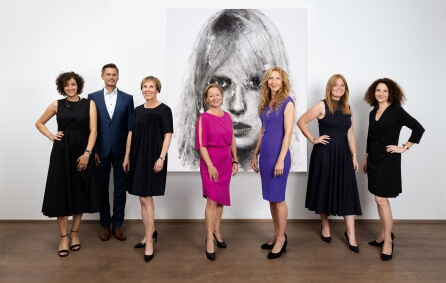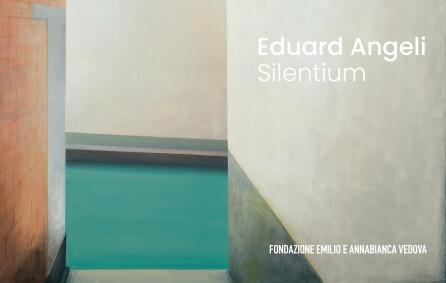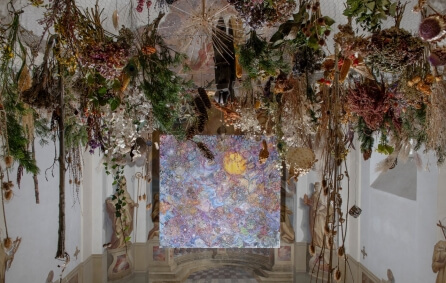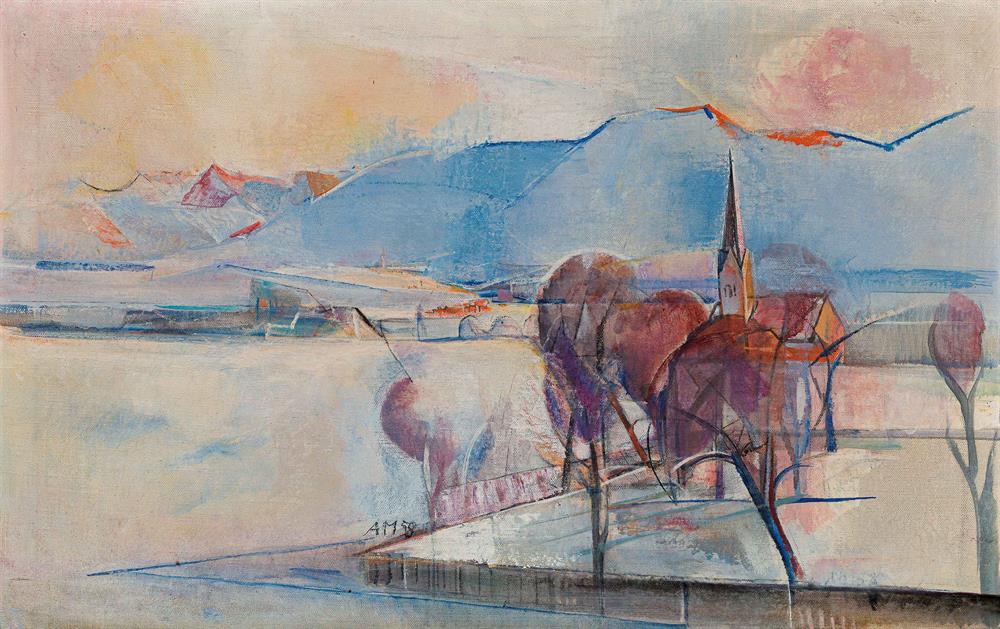
Anton Mahringer
The following artworks are for sale
Biography
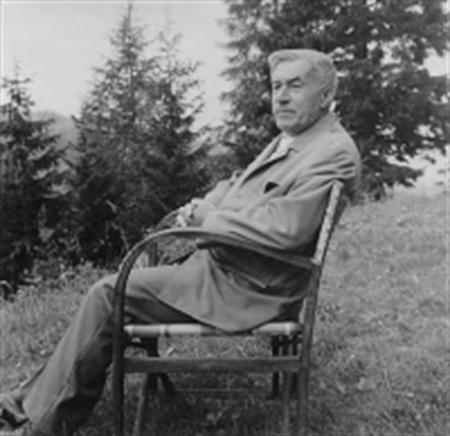
Anton Mahringer wurde 1902 in Neuhausen bei Stuttgart geboren. 1904 übersiedelte die Familie nach Schwäbisch Gmünd. Seine berufliche Laufbahn begann er 1921 im Stuttgarter Zollamt. Nach einer Knieverletzung, die ein steifes Bein zur Folge hatte, wechselte er in eine Banklehre, die er 1924 abschloss. Im selben Jahr wurde er an der Stuttgarter Kunstgewerbeschule aufgenommen und wechselte ein Jahr später an die hiesige Akademie. 1926 kam Mahringer auf der Internationalen Kunstausstellung in Dresden mit Arbeiten des Expressionismus in Berührung, die ihn nachhaltig beeindruckten. 1927 konnte er sich mit Preisgeldern eine Reise nach Italien finanzieren und kam auch das erste Mal nach Wien. 1928 wechselte er von der Zeichen- in die Malklasse zu Anton Kolig, der in diesem Jahr als Professor an die Stuttgarter Akademie berufen worden war. Im Sommer kam der Künstler auf Einladung Koligs das erste Mal nach Nötsch im Gailtal. Dort lernte Mahringer auch Franz Wiegele kennen und begann durch das intensive Naturerlebnis erste Landschaften zu malen. 1929 übernahm der Künstler die Leitung einer zweiten Kolig-Klasse in Stuttgart und arbeitete mit diesem gemeinsam am Freskenzyklus im Landhaus in Klagenfurt . 1931 übersiedelte Anton Mahringer ins Gailtal in die Nähe von Nötsch. Es folgten erste Ausstellungen, der Ankauf einer Arbeit durch die Albertina und weitere Reisen. Nach dem Krieg, den der Künstler als Zeichenlehrer in Hermagor gut überstanden hatte , konnte er, mittlerweile gut vernetzt – zu seinem Bekanntenkreis gehörten Friedrich Welz, Otto Demus und Bruno Grimschitz –, an die Erfolge der Zwischenkriegszeit anknüpfen, was zahlreiche Ausstellungen, auch im Ausland, und Auftragsarbeiten belegen. 1974 starb der Künstler in Villach. Zu seinem 100. Geburtstag fand 2002 in der Österreichischen Galerie im Belvedere eine vielbeachtete Retrospektive statt.
Neben Anton Kolig, Franz Wiegele und Sebastian Isepp gehört Anton Mahringer zu den wichtigsten Künstlern des Nötscher Kreises. Vor allem in seinen Landschaftsmalereien setzt er neue, für die österreichische Kunst wichtige, Impulse, die ihn bis an die Grenzen der Abstraktion führen. Er gehört somit zu den prägendsten und wichtigsten österreichischen Künstlern des 20. Jahrhunderts. Seine Werke finden sich in den großen Museen wie dem Belvedere, der Albertina, dem Wien Museum, dem Rupertinum in Salzburg sowie der Landesgalerie Klagenfurt.

